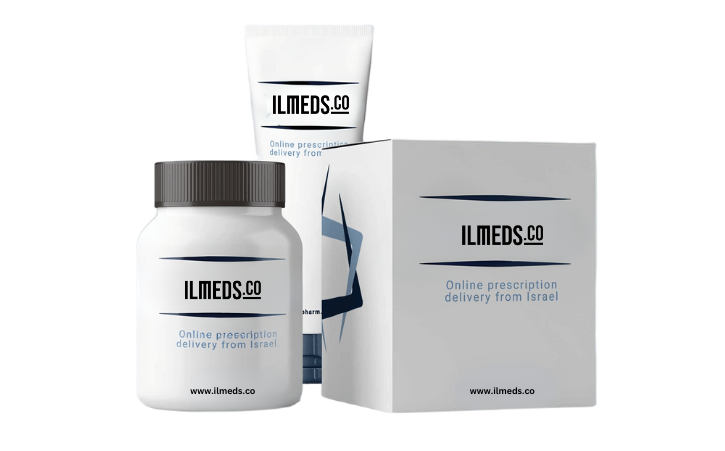Forteo (teriparatide RDNA) is a self-injectable prescription medicine used to treat both men and women who have osteoporosis and are at higher risk of suffering broken bones (fractures). It is also recommended for patients who develop osteoporosis resulting from corticosteroid treatment. Forteo increases bone mineral density (BMD), strengthens the bone and reduces the risk of fractures. It mimics the effect of the natural parathyroid hormone in the body. Its purpose is to increase bone mass and strength. This medication is not yet approved for use in children or young adults whose bones are still growing. Forteo can only be taken for a maximum of two years. Dosage The subcutaneous injection should be done daily at the same time, as directed by the prescribing doctor. Typically it should be administered into the thigh or lower abdomen, with the site being changed after each injection to lessen the chance of injury under the skin. Store the syringe in the refrigerator at all times, and use a new needle with each injection. Do not inject more than once per day. Before starting to use, read the manufacturer’s Product Insert that comes with the medication. The leaflet can be downloaded here .
Brand Manufacturer: Altman
Side Effects: Please note that not all side effects can be listed here. Most reported side effects are mild and should clear up within a few days. If any side effects persist or worsen, consult a healthcare provider as soon as possible. Common side effects for those with osteoporosis are: Pain (joint pain, headache, neck pain, arthralgia, leg cramps) Hypertension, angina pectoris Fainting, weakness, nervous disorders, dizziness, vertigo, insomnia, depression) Gastrointestinal disorders (nausea, diarrhea, vomiting, constipation, dyspepsia) Tooth disorders Respiratory disorders (rhinitis, cough increased, pharyngitis, dyspnea, pneumonia) Patients with osteoporosis associated with corticosteroid therapy reported nausea, gastritis, pneumonia, dyspnea, insomnia, anxiety and herpes zoster.
Indication: Osteoporosis is also known as “porous bone disease.” It develops gradually as people age or when there are changes in the body’s metabolism. Bones lose their strength and density and can more easily fracture when subjected to sudden stress coming from a fall and even from unusual movement. Osteoporosis is diagnosed by measuring bone density, or bone mass. The most popular technique is fast and highly accurate Dual-energy x-ray absorptiometry (DEXA), which uses a particular X-ray scanning machine to measure bone density. Osteoporosis may go undiagnosed until a minor fall or sudden impact results in a bone fracture. People also start to suffer symptoms such as lower back pain, which comes from fractures or collapses of the vertebrae.

